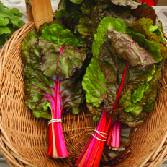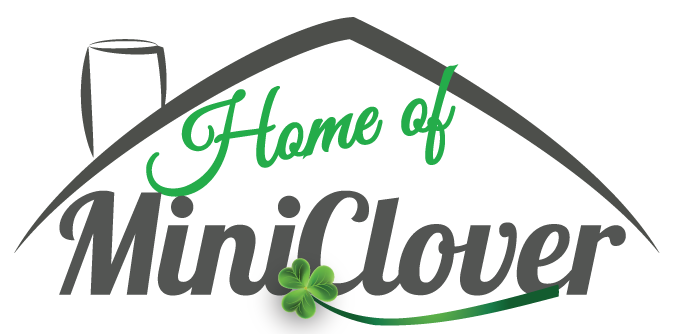-
CATEGORY ::
- All Seeds /
- All Flower Seeds /
- All Hyacinth Bean Seeds
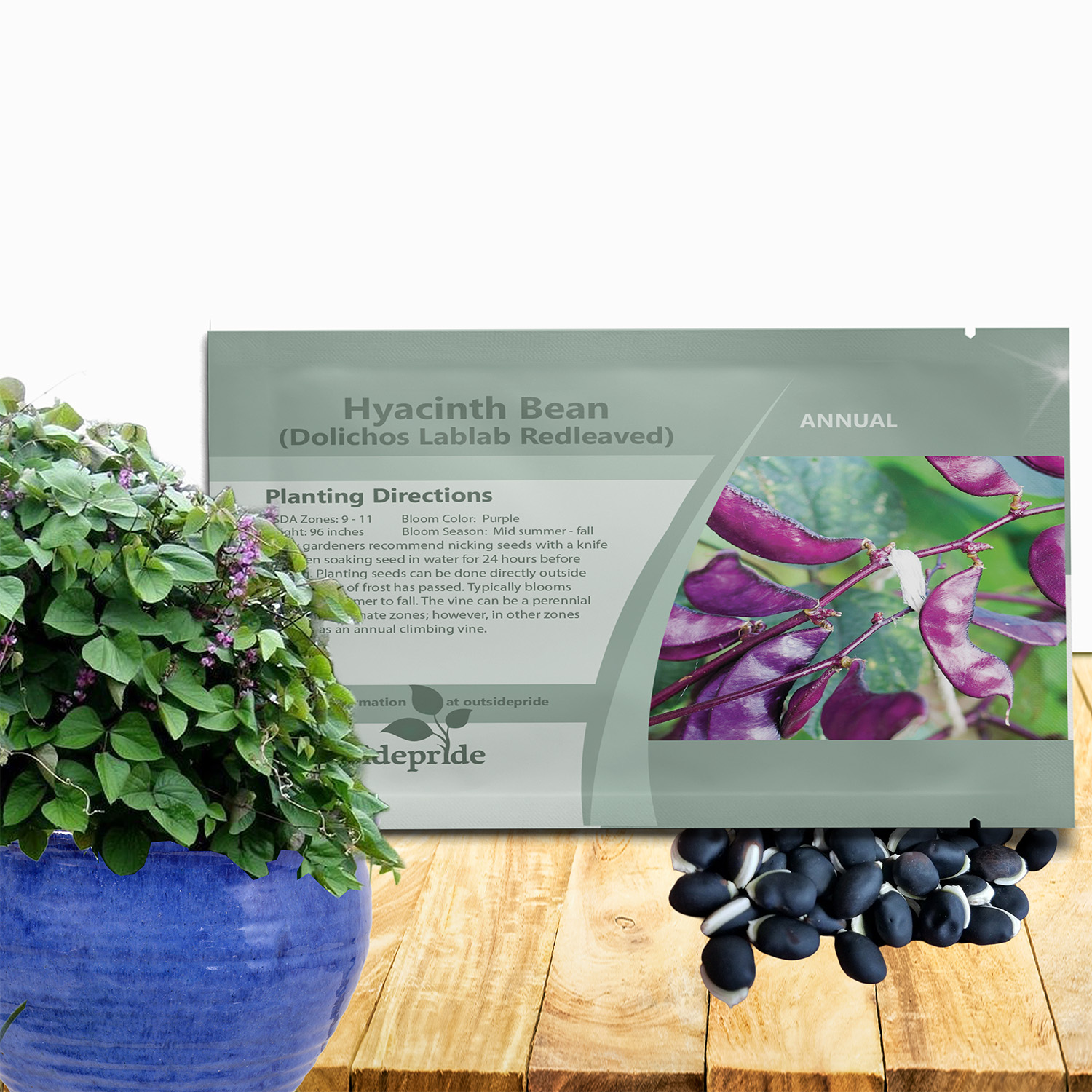


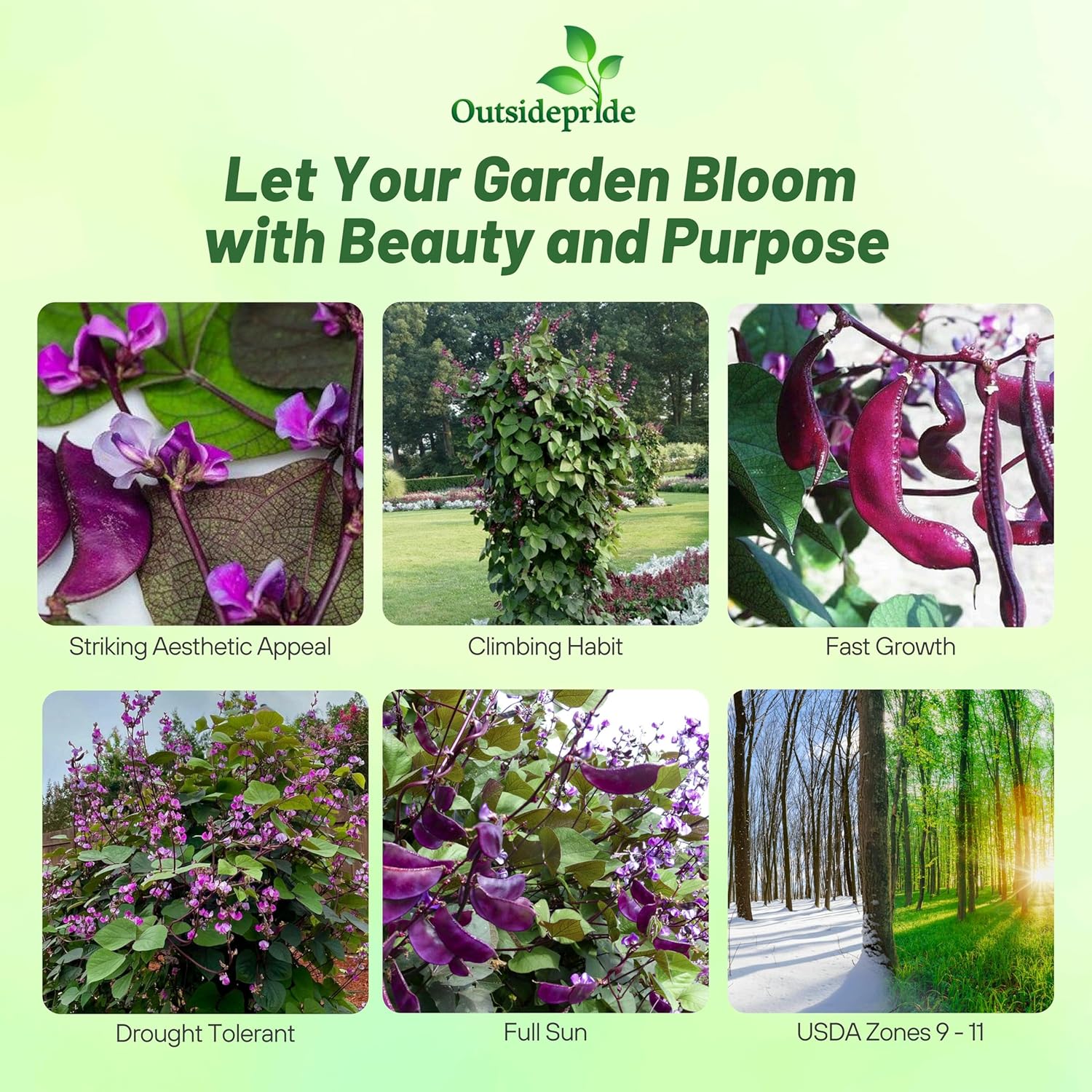
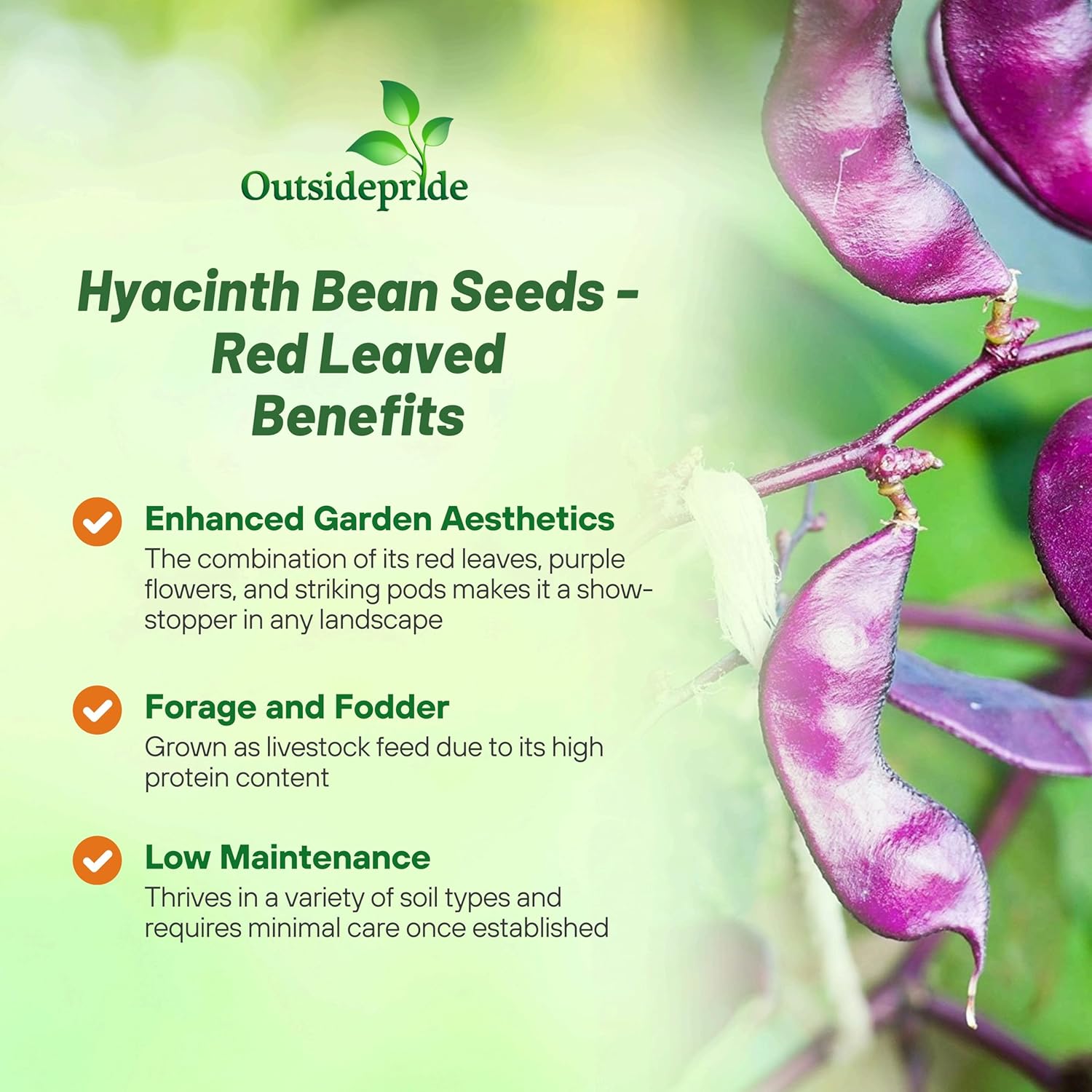
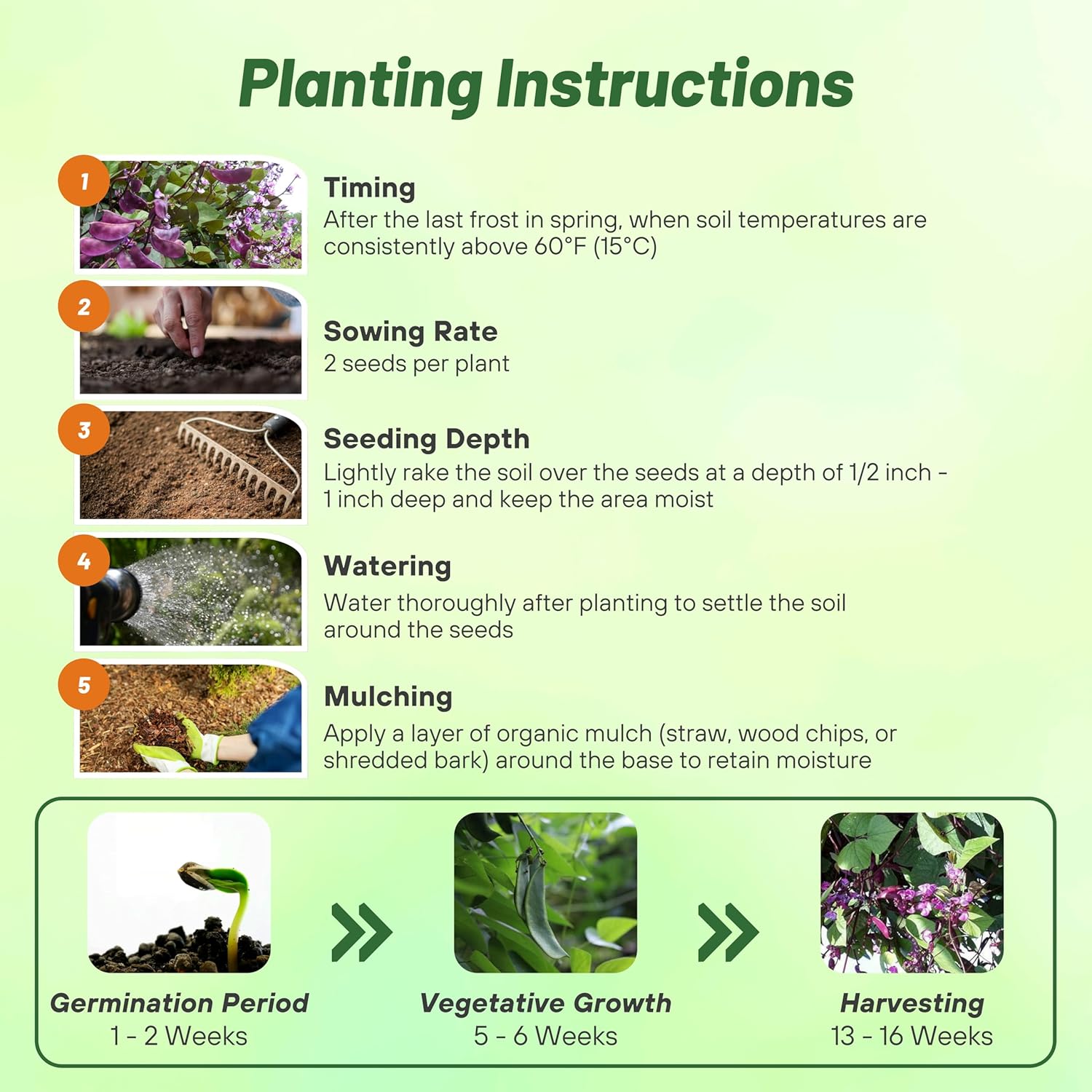
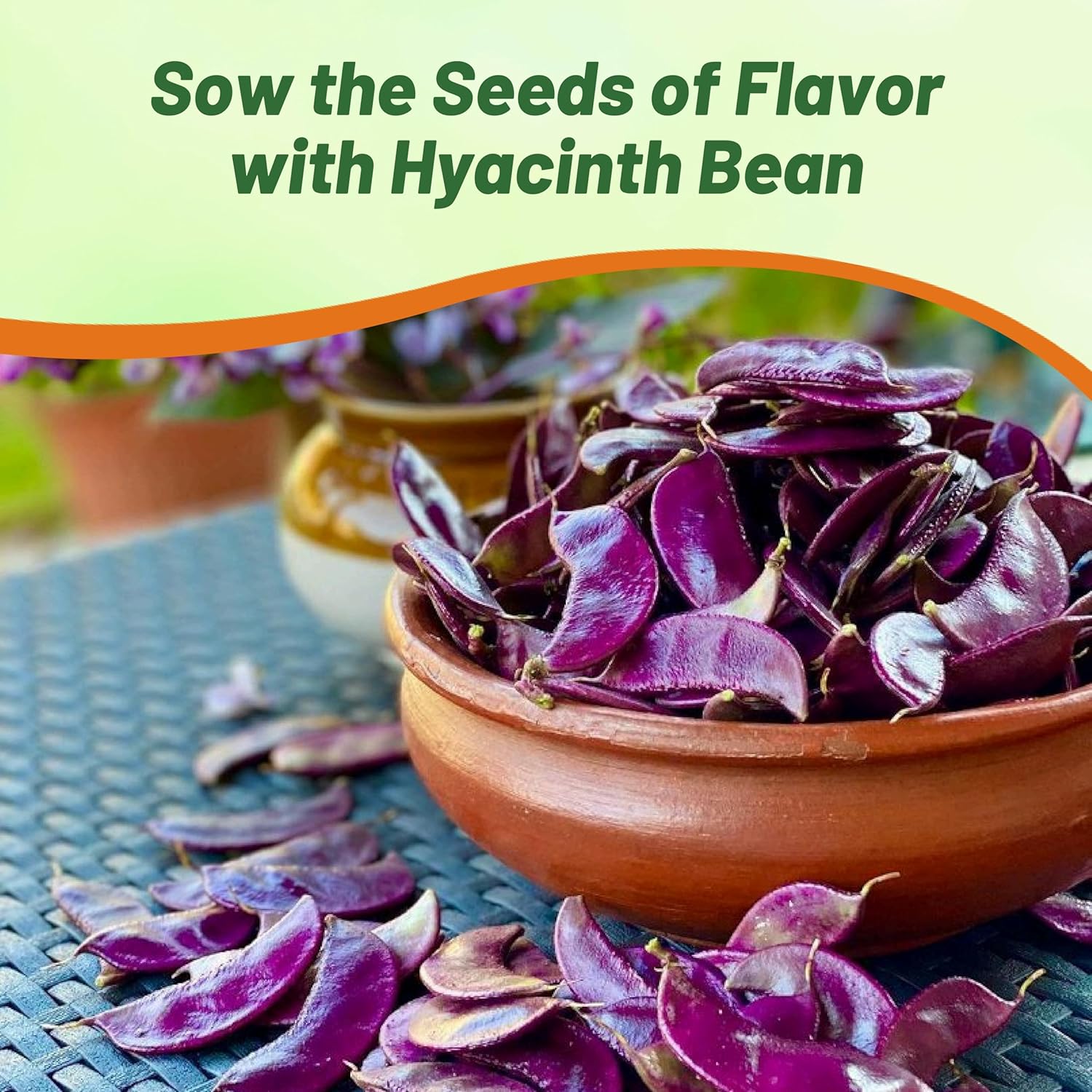



Hyacinth Bean Seeds - Red Leaved
About...
Hyacinth Bean (Dolichos Lablab Redleaved) - For a gorgeous vine and foliage, start Hyacinth Bean seeds. Hyacinth Bean Vine is especially lovely with deep red leaves. Red Leaved Hyacinth Bean is a fast-growing, climbing vine, producing dark crimson red foliage and deep purple flowers.MORE HYACINTH BEAN OPTIONS
Planting Directions
TEMPERATURE
65 - 70F
AVERAGE GERM TIME
10 - 20 days
LIGHT REQUIRED
No
DEPTH
1/2 inch - 1 inch deep
SOWING RATE
2 seeds per plant
MOISTURE
Keep seeds moist until germination
PLANT SPACING
12 inches
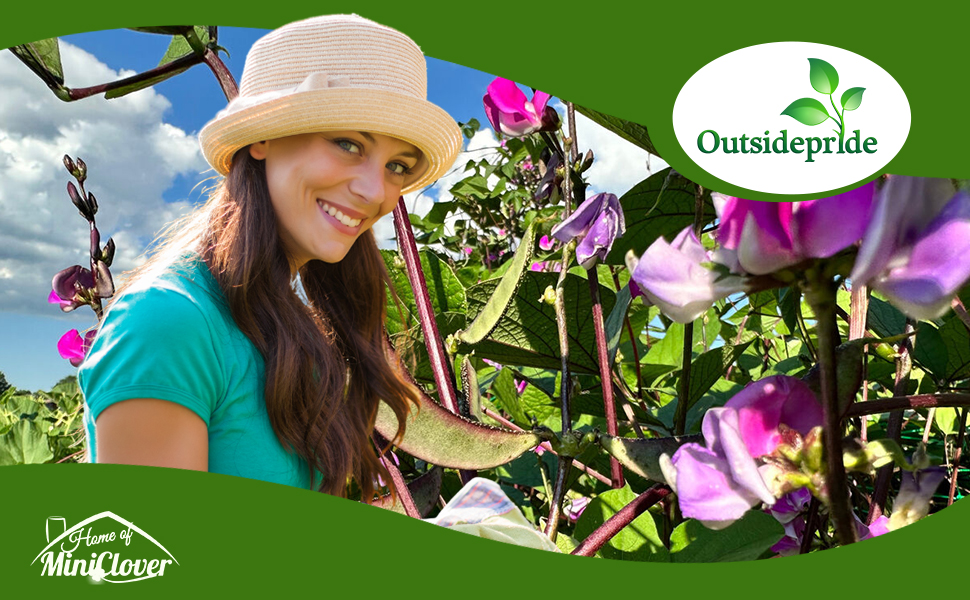
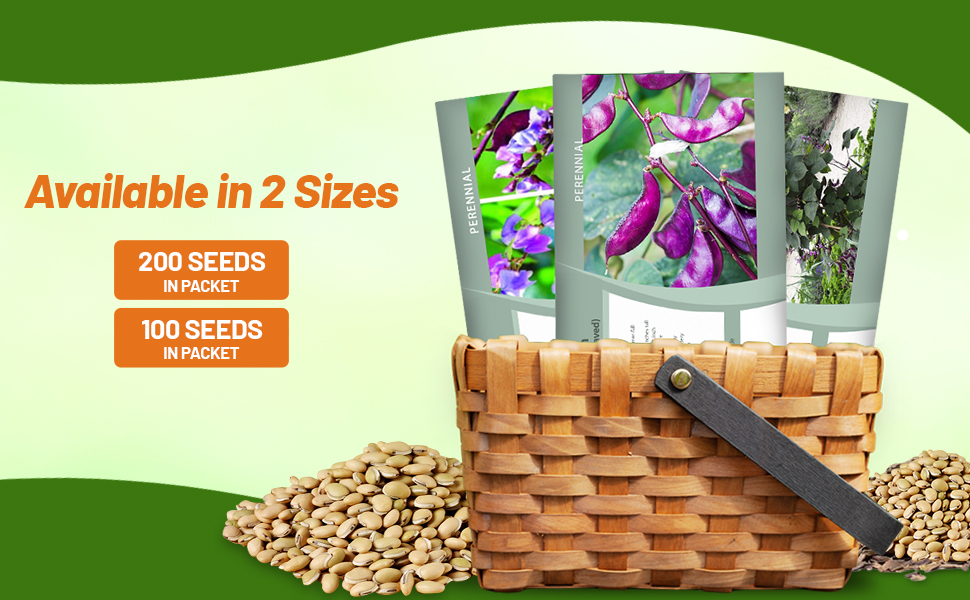
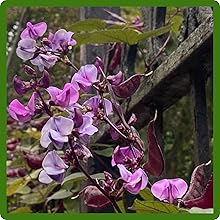
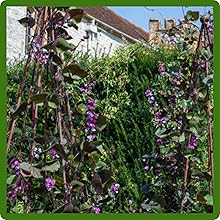
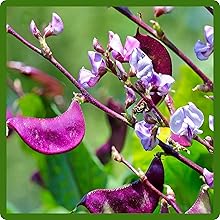
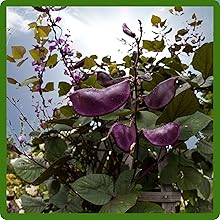
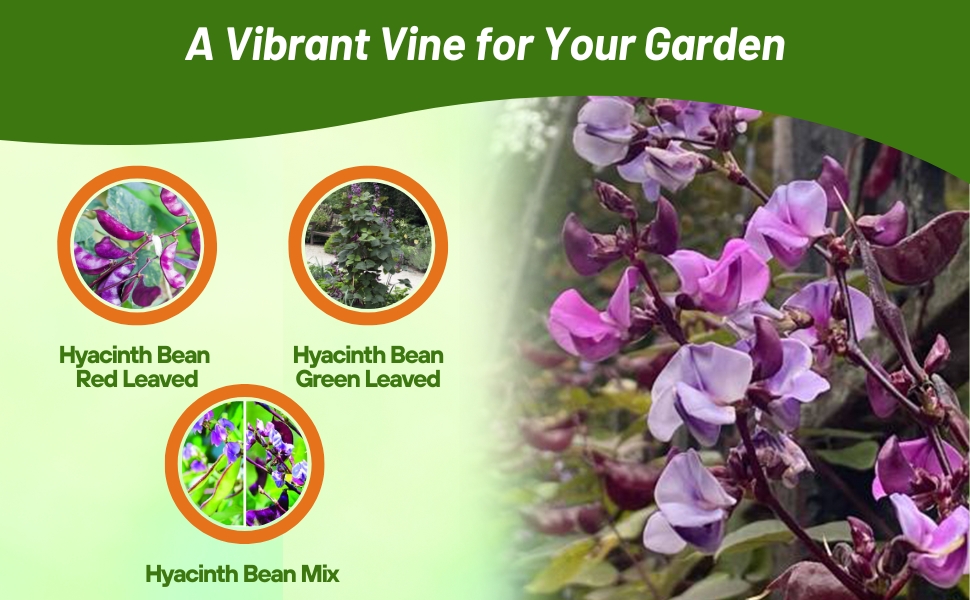
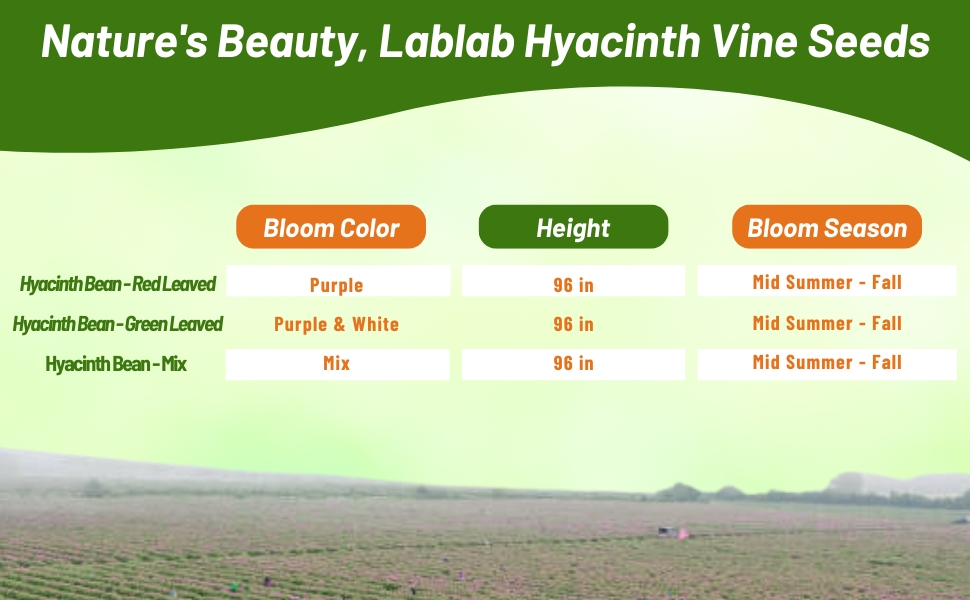
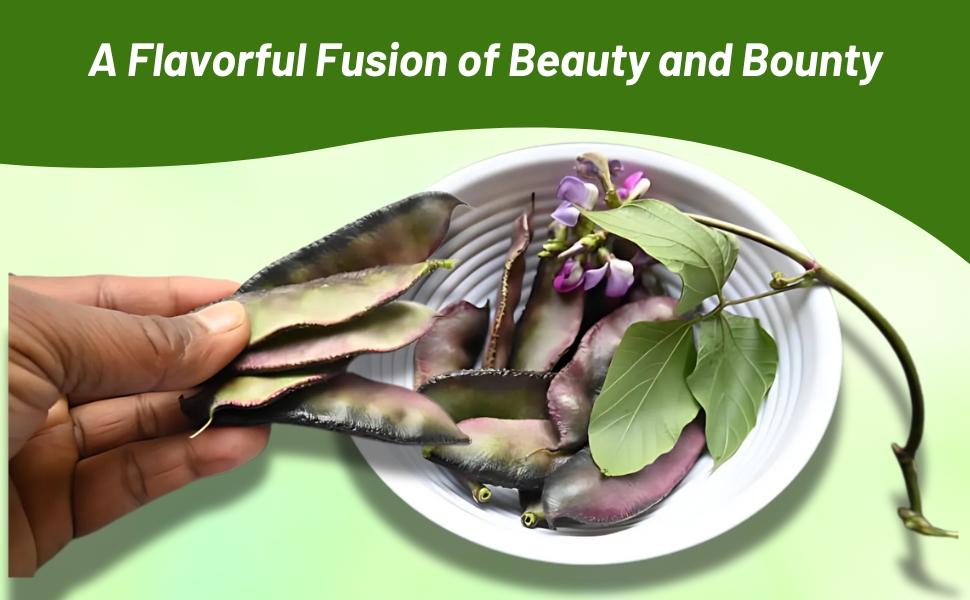
Hyacinth Bean (Dolichos Lablab Redleaved) - For a gorgeous vine and foliage, start Hyacinth Bean seeds. This vine is especially lovely with deep red leaves. Red Leaved Hyacinth Bean is a fast-growing, climbing vine, producing dark crimson red foliage and deep purple flowers. Lablab seeds produce a quick screen on a trellis or fence. Hyacinth bean is a perennial which grows best in USDA zones 9-11 and can reach a height of 96 inches.
Common Questions
My plants are all foliage and few flowers, what is wrong?
If your vine lacks flowers, it could be due to insufficient sunlight or excessive nitrogen in the soil. Beans, as nitrogen fixers, can lead to lush foliage but few flowers if the soil has an excess of nitrogen. To address this, incorporate a potassium-rich soil amendment to promote flowering. If this doesn't work, consider moving your perennial to a sunnier spot or planting seeds in a sunnier location next year.
Do I need to prune my hyacinth plants?
To keep hyacinth bean plants healthy and attractive, prune woody stems in early spring, shape the plant in summer, and rejuvenate by cutting back if flower production slows. Regular pruning for annual growth control includes snipping off the growing tip to encourage lateral stem growth. Monitor and prune vines as needed during the growing season.
Do I need to fertilize my plants?
Yes, due to the fast-growing nature of these plants it is best to feed every 4 – 5 weeks throughout the summer. A monthly feeding with something like organic fish fertilizer will encourage blooming. Always follow product directions for application rates. Choose fertilizer with a higher phosphorus content than nitrogen.
Should I use support structure for my hyacinth?
Yes, these grow fast and will need some support such as a trellis or teepee.
Do I need to deadhead my plants?
Deadheading is optional to maintain the bloom cycle. Yet, if you aim to promote a second burst of blooms in the fall, trim the plant to 6 inches. It will regrow rapidly and blossom once more.
Planting Directions
TEMPERATURE
65 - 70F
AVERAGE GERM TIME
10 - 20 days
LIGHT REQUIRED
No
DEPTH
1/2 inch - 1 inch deep
SOWING RATE
2 seeds per plant
MOISTURE
Keep seeds moist until germination
PLANT SPACING
12 inches
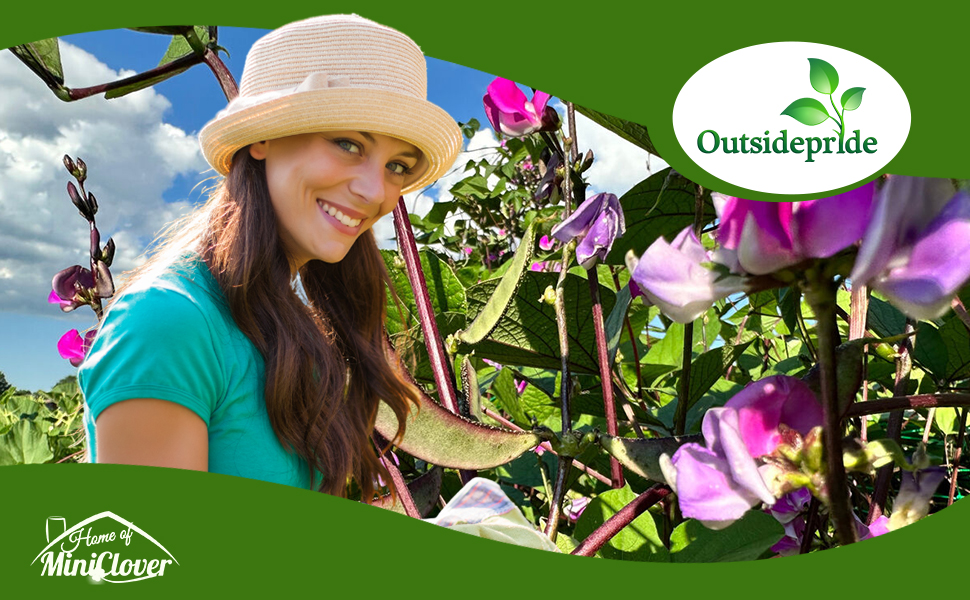
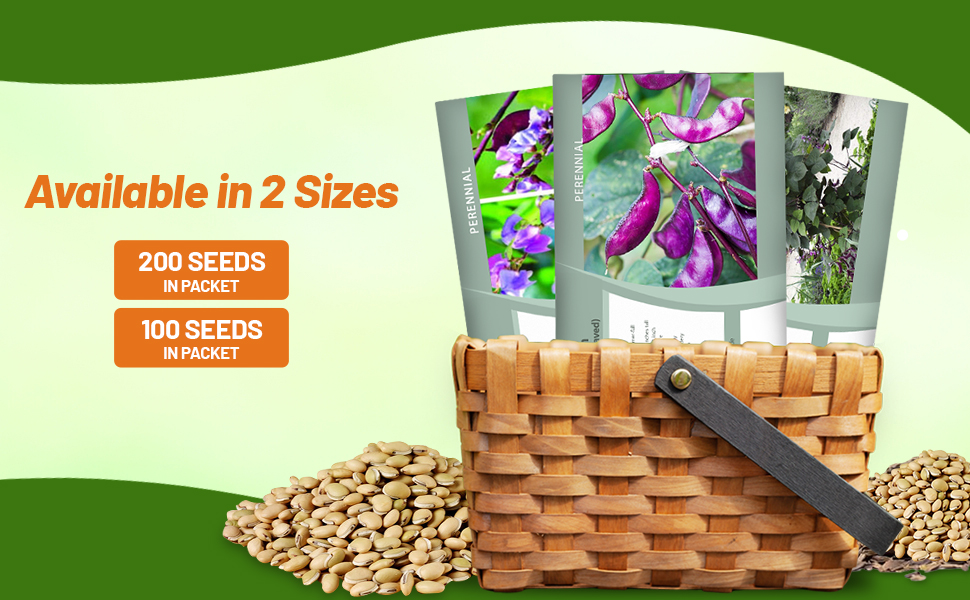
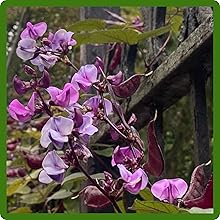
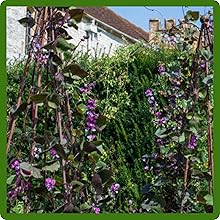
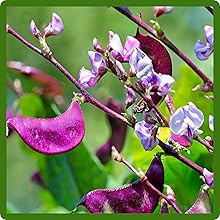
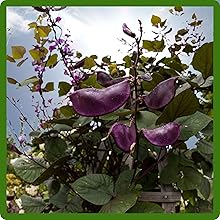
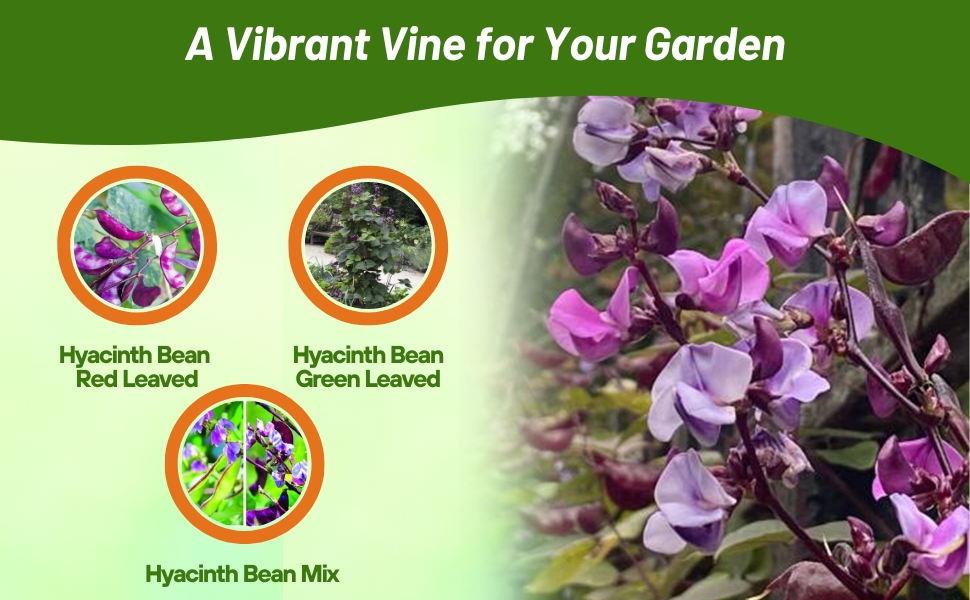
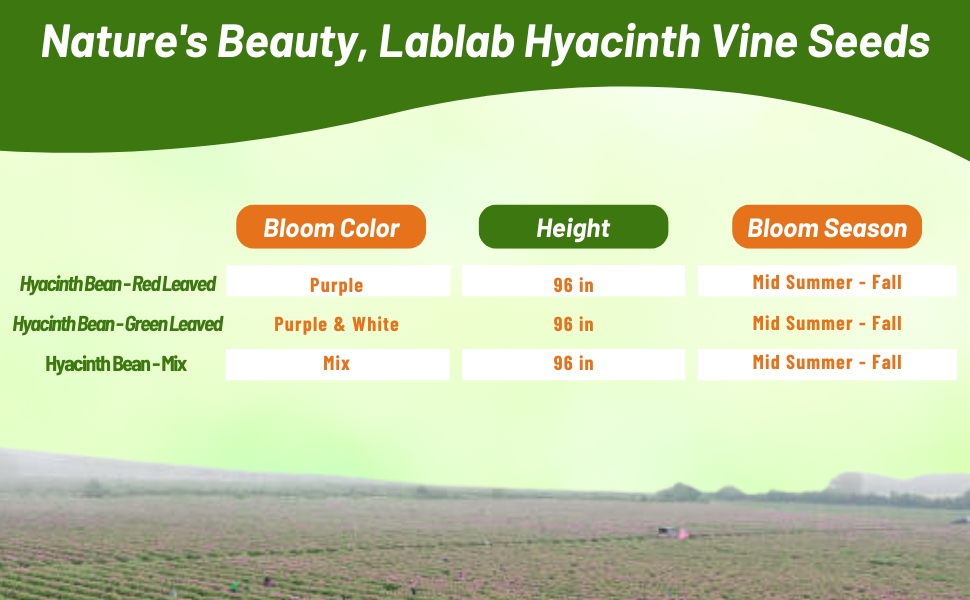
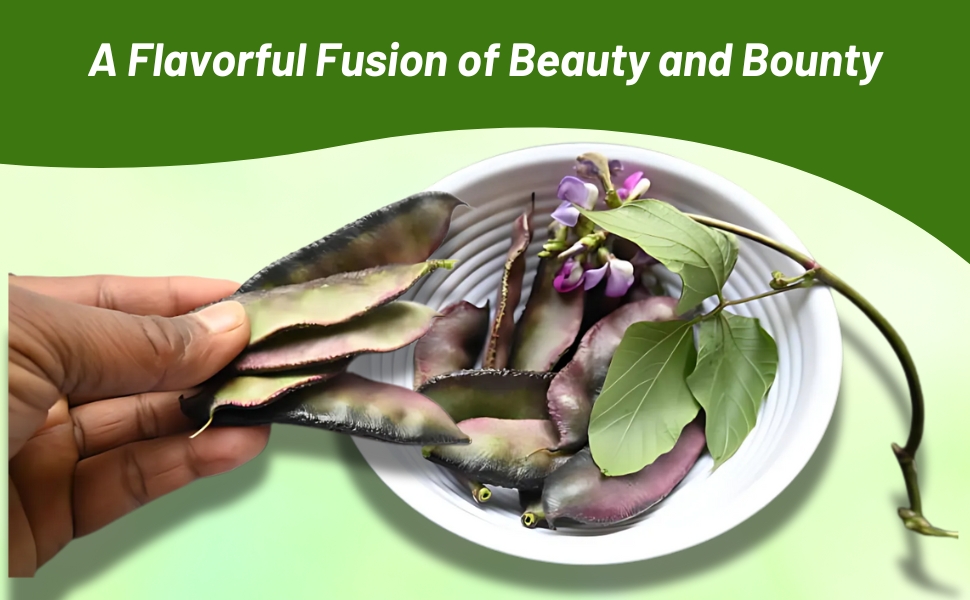
Hyacinth Bean (Dolichos Lablab) - Grow a beautiful privacy screen for your yard from Hyacinth Bean seeds. Hyacinth Bean Vine is a fast-growing, climbing vine that produces purple and white bi-colored flowers and striking electric-purple colored seed pods. Dolichos Lablab is a good choice for a quick screen on a trellis or fence and reaches 8 feet in height with green tinged purple foliage.
Common Questions
My plants are all foliage and few flowers, what is wrong?
If your vine lacks flowers, it could be due to insufficient sunlight or excessive nitrogen in the soil. Beans, as nitrogen fixers, can lead to lush foliage but few flowers if the soil has an excess of nitrogen. To address this, incorporate a potassium-rich soil amendment to promote flowering. If this doesn't work, consider moving your perennial to a sunnier spot or planting seeds in a sunnier location next year.
Do I need to prune my hyacinth plants?
To keep hyacinth bean plants healthy and attractive, prune woody stems in early spring, shape the plant in summer, and rejuvenate by cutting back if flower production slows. Regular pruning for annual growth control includes snipping off the growing tip to encourage lateral stem growth. Monitor and prune vines as needed during the growing season.
Do I need to fertilize my plants?
Yes, due to the fast-growing nature of these plants it is best to feed every 4 – 5 weeks throughout the summer. A monthly feeding with something like organic fish fertilizer will encourage blooming. Always follow product directions for application rates. Choose fertilizer with a higher phosphorus content than nitrogen.
Should I use support structure for my hyacinth?
Yes, these grow fast and will need some support such as a trellis or teepee.
Do I need to deadhead my plants?
Deadheading is optional to maintain the bloom cycle. Yet, if you aim to promote a second burst of blooms in the fall, trim the plant to 6 inches. It will regrow rapidly and blossom once more.
Planting Directions
TEMPERATURE
65 - 70F
AVERAGE GERM TIME
10 - 20 days
LIGHT REQUIRED
No
DEPTH
1/2 inch - 1 inch deep
SOWING RATE
2 seeds per plant
MOISTURE
Keep seeds moist until germination
PLANT SPACING
12 inches
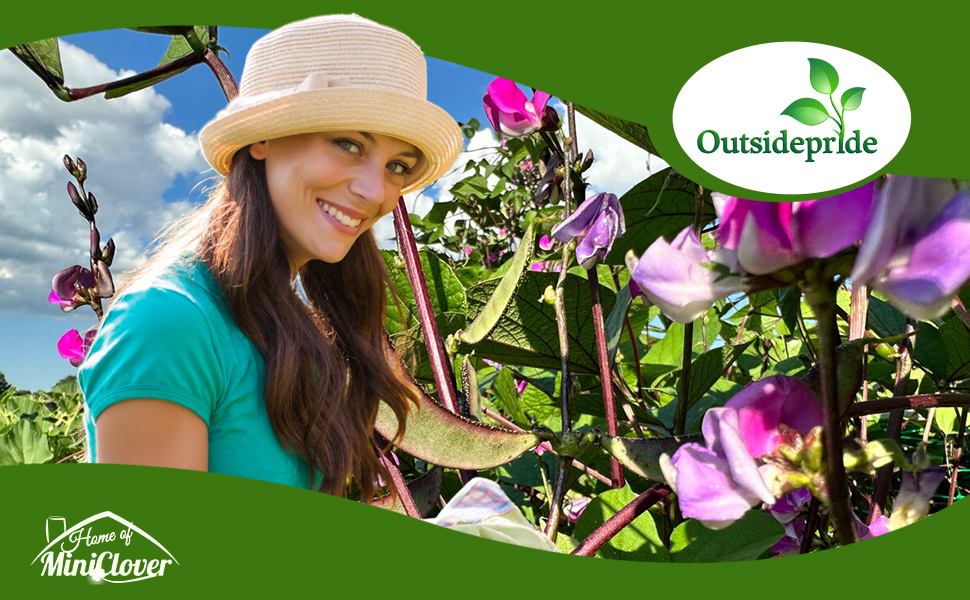
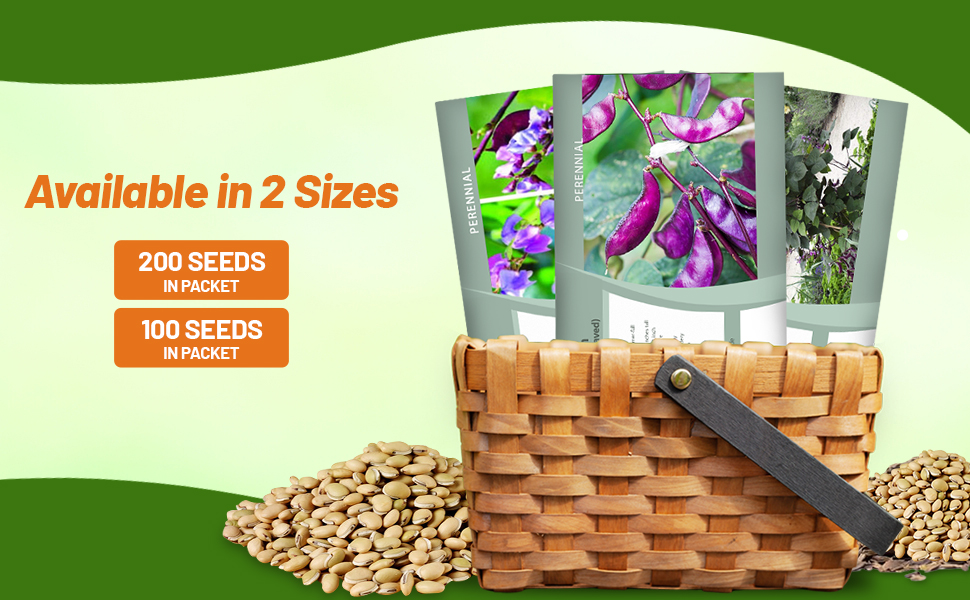
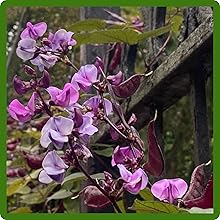
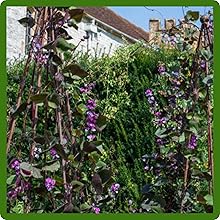
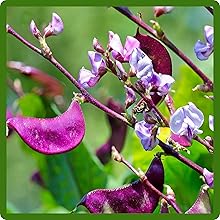
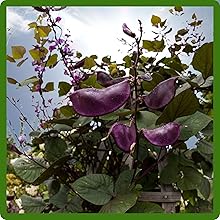
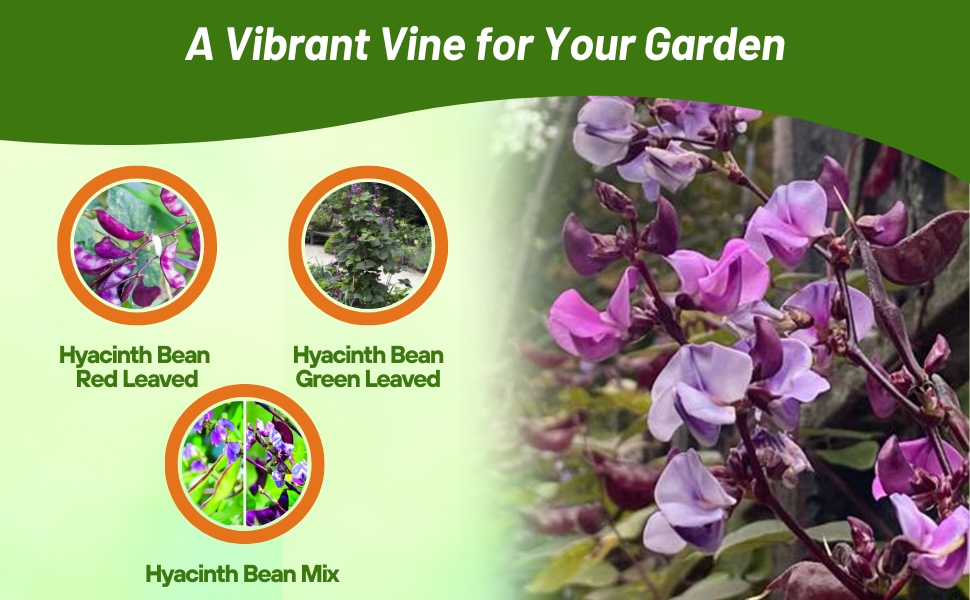
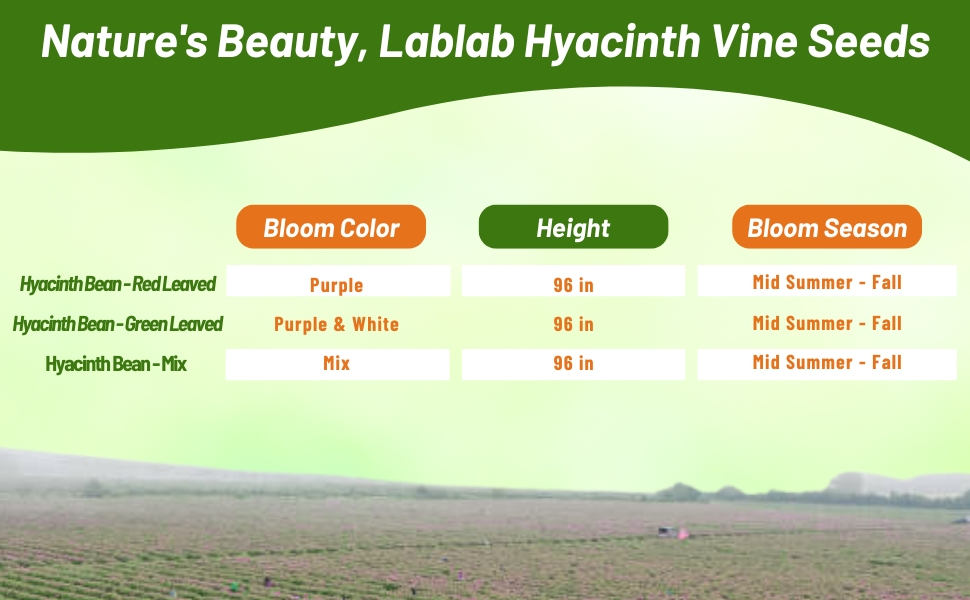
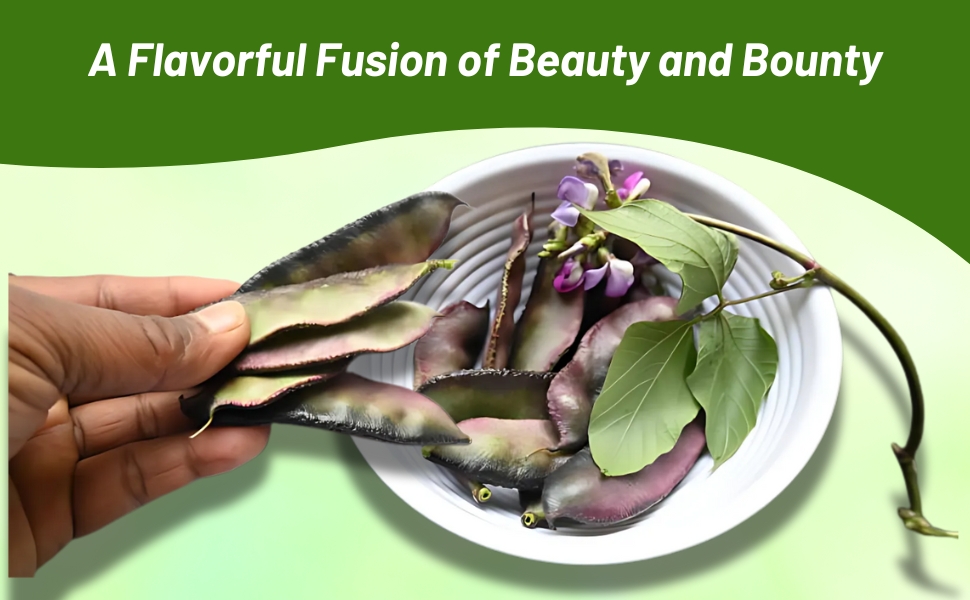
Hyacinth Bean Mix (Dolichos Lablab) - A mix of green and red hyacinth beans combine to form a fast growing climber. Redleaved hyacinth plants have dark crimson red foliage and deep purple flowers whereas green leaved has purple and white bicolored flowers with green tinged purple foliage. Dolichos Lablab is a good choice for a quick screen on a trellis or fence and reaches 8 feet in height. Lablab flowers are beautiful and fragrant and attract butterflies and hummingbirds, and it even produces edible leaves, flowers, pods, seeds and roots. Dry Lablab seeds are poisonous due to high concentrations of cyanogenic glucosides, and can only be eaten after prolonged boiling. Chinese and Indian herbalists use Hyacinth Bean Vine as a medicinal herb.
How To Grow Hyacinth Bean Vine: Many gardeners recommend nicking the Hyacinth Bean seeds with a knife and then soaking the flower seeds in water for 24 hours before sowing. Planting Hyacinth Bean seeds can be done directly outside once danger of frost has passed. Lablab typically blooms from mid summer to fall. This vine can be a perennial in zones 9 - 11 which do not get frost; however, in other zones it grows as an annual climbing vine.
Common Questions
My plants are all foliage and few flowers, what is wrong?
If your vine lacks flowers, it could be due to insufficient sunlight or excessive nitrogen in the soil. Beans, as nitrogen fixers, can lead to lush foliage but few flowers if the soil has an excess of nitrogen. To address this, incorporate a potassium-rich soil amendment to promote flowering. If this doesn't work, consider moving your perennial to a sunnier spot or planting seeds in a sunnier location next year.
Do I need to prune my hyacinth plants?
To keep hyacinth bean plants healthy and attractive, prune woody stems in early spring, shape the plant in summer, and rejuvenate by cutting back if flower production slows. Regular pruning for annual growth control includes snipping off the growing tip to encourage lateral stem growth. Monitor and prune vines as needed during the growing season.
Do I need to fertilize my plants?
Yes, due to the fast-growing nature of these plants it is best to feed every 4 – 5 weeks throughout the summer. A monthly feeding with something like organic fish fertilizer will encourage blooming. Always follow product directions for application rates. Choose fertilizer with a higher phosphorus content than nitrogen.
Should I use support structure for my hyacinth?
Yes, these grow fast and will need some support such as a trellis or teepee.
Do I need to deadhead my plants?
Deadheading is optional to maintain the bloom cycle. Yet, if you aim to promote a second burst of blooms in the fall, trim the plant to 6 inches. It will regrow rapidly and blossom once more.
















